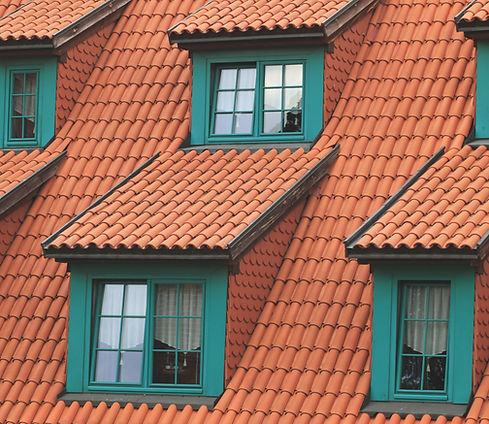Roof Cleaning
Cleaning your roof removes moss, algae, and debris that can make it look worn and unkempt, enhancing your home's curb appeal. Regular maintenance helps extend the lifespan of your roof by preventing damage from the buildup of harmful materials. By keeping your roof clean, you also improve its functionality, allowing it to better withstand harsh weather conditions and reducing the need for costly repairs.

Soft Wash
Soft wash roof cleaning is a gentle and effective cleaning method used to remove dirt, algae, moss, lichen, and other debris from a roof. Unlike traditional power washing, which can damage roofing materials, soft washing uses low-pressure water combined with specialized cleaning solutions.
Key elements of soft washing:
-
Low Pressure: Instead of high-pressure water jets, soft washing uses low-pressure water (usually less than 100 psi) to avoid causing damage to roofing materials.
-
Specialized Cleaning Solutions: The process involves applying a cleaning solution adjusted to your exact application. The solution is left to sit for a period of time to break down the contaminants. It works by penetrating and breaking down the dirt, algae, and mold, which can then be rinsed off easily without harming the roof's surface.
-
Thorough Cleaning: The solution, combined with low-pressure water, effectively eliminates stubborn growths and leaves the roof looking clean and fresh.
Benefits of soft washing:
-
Non-damaging: Soft washing is safe for a variety of roofing materials, including shingles, tiles, and metal roofs, as it avoids the risk of lifting shingles or causing damage from high-pressure water.
-
Long-lasting results: The cleaning solution used in soft washing can prevent regrowth of algae and moss for up to 3-4 years, keeping the roof cleaner for longer.
-
Eco-friendly: Most soft wash solutions are designed to be safe for plants and pets, as long as they are applied correctly.
-
Safer for you: Soft washing doesn't involve the high risks of pressure washing, especially when working at heights.


